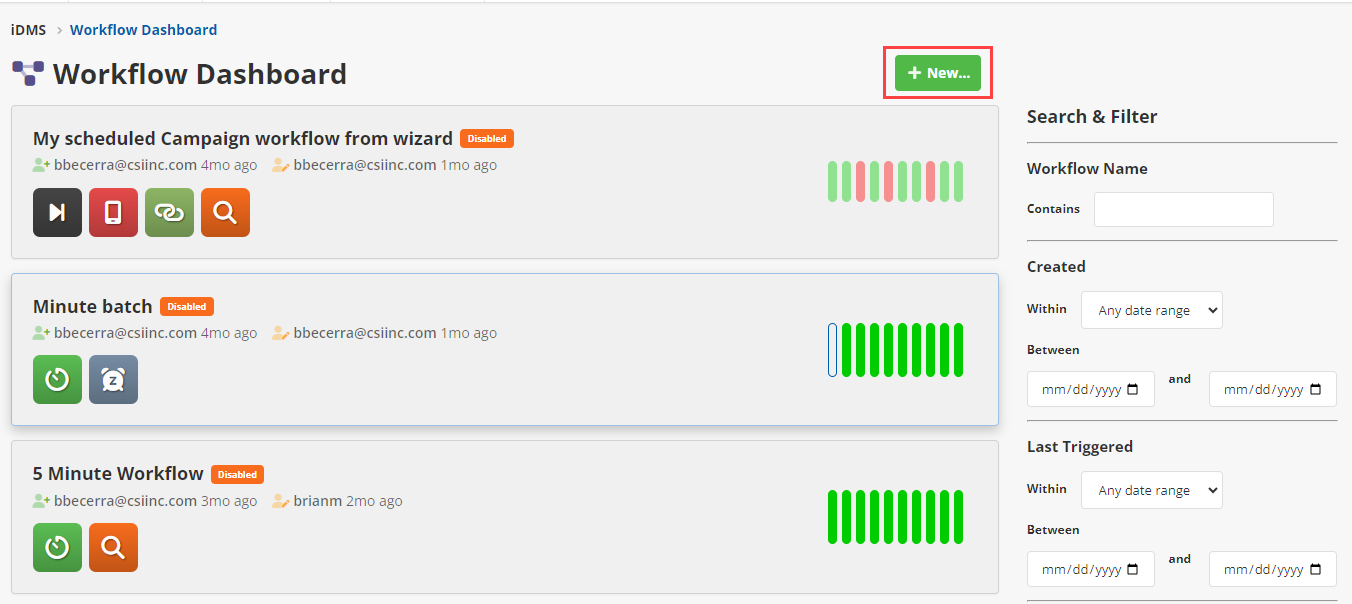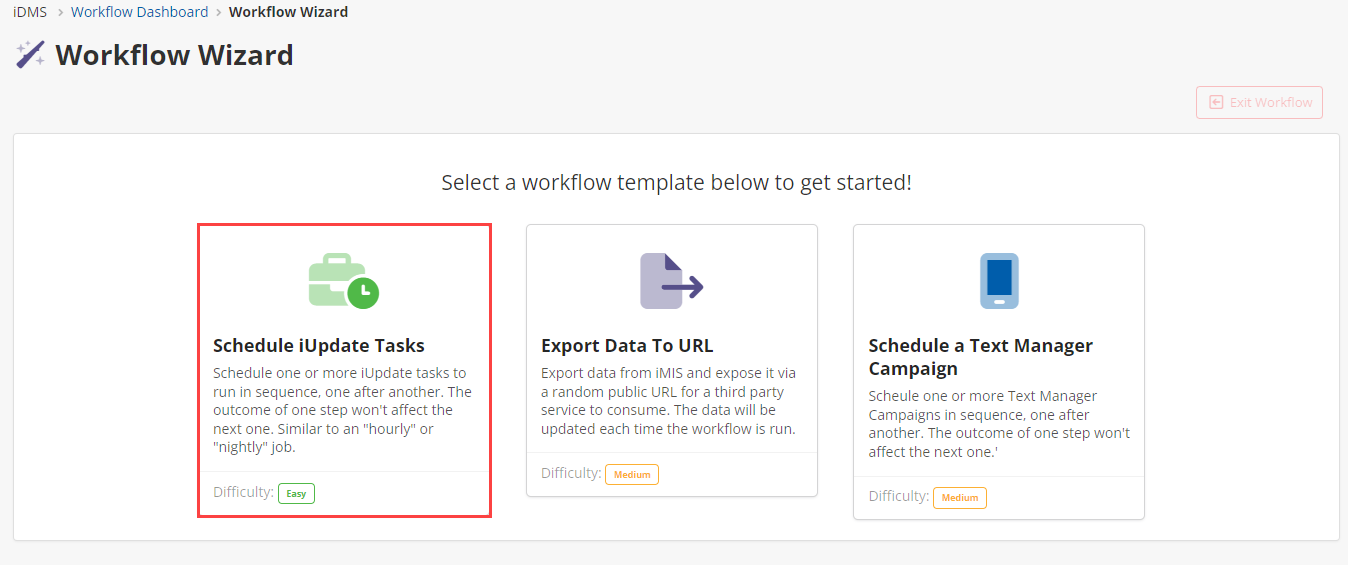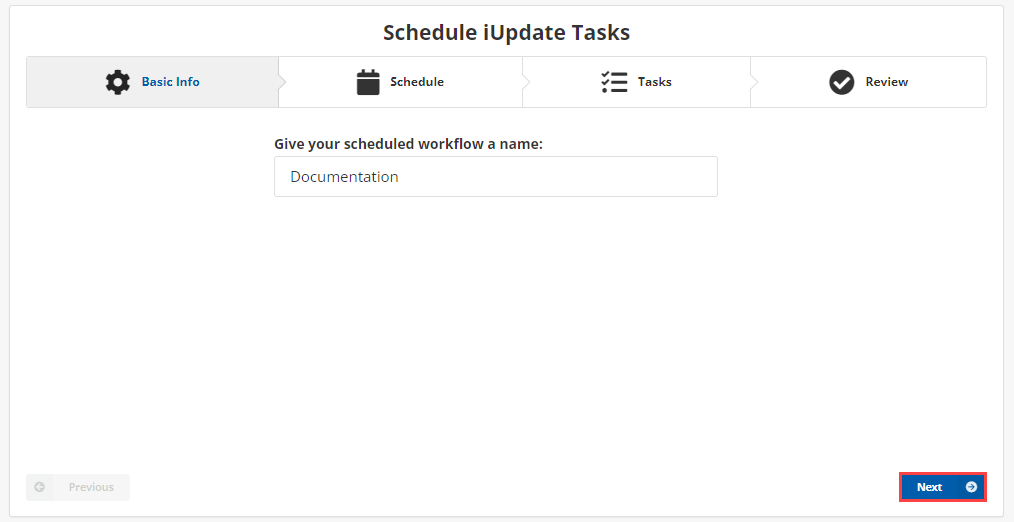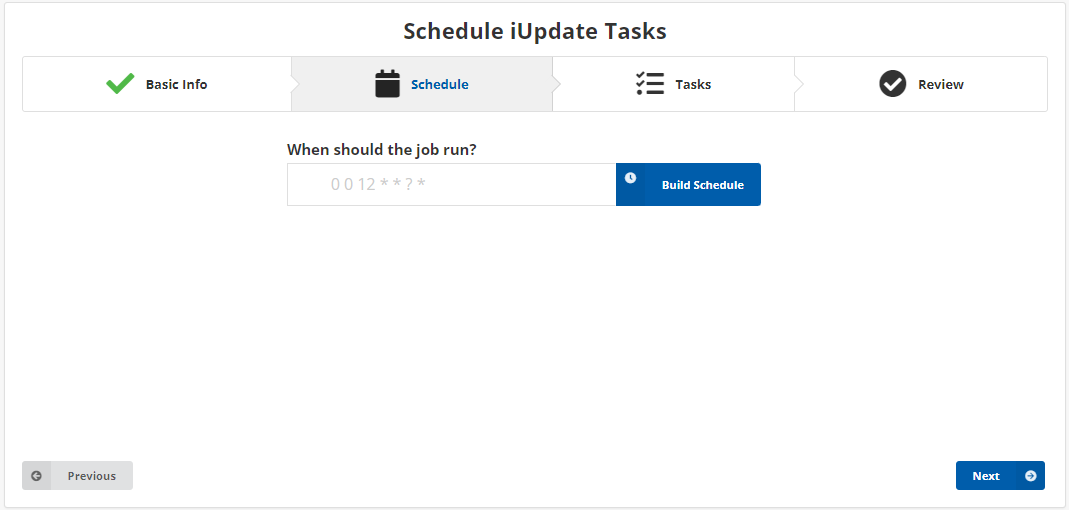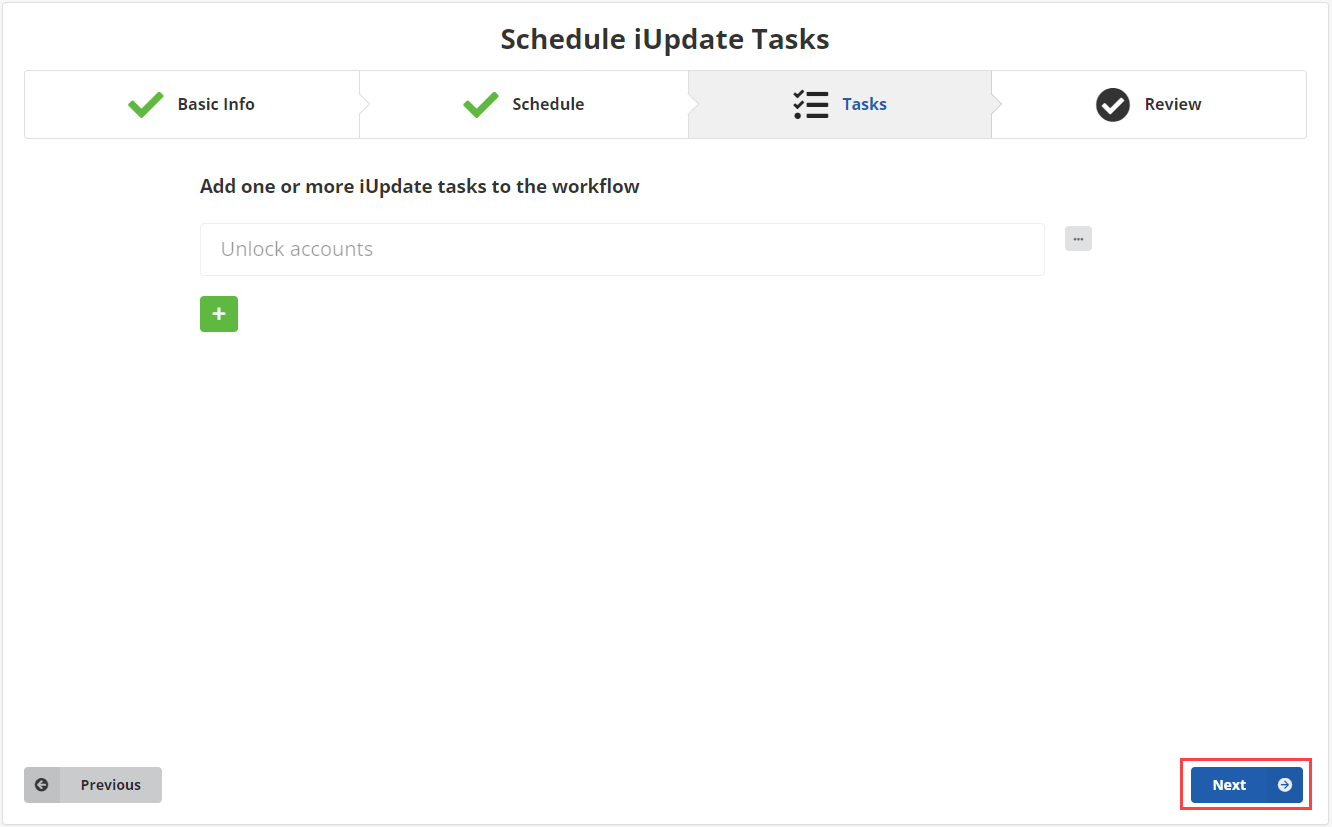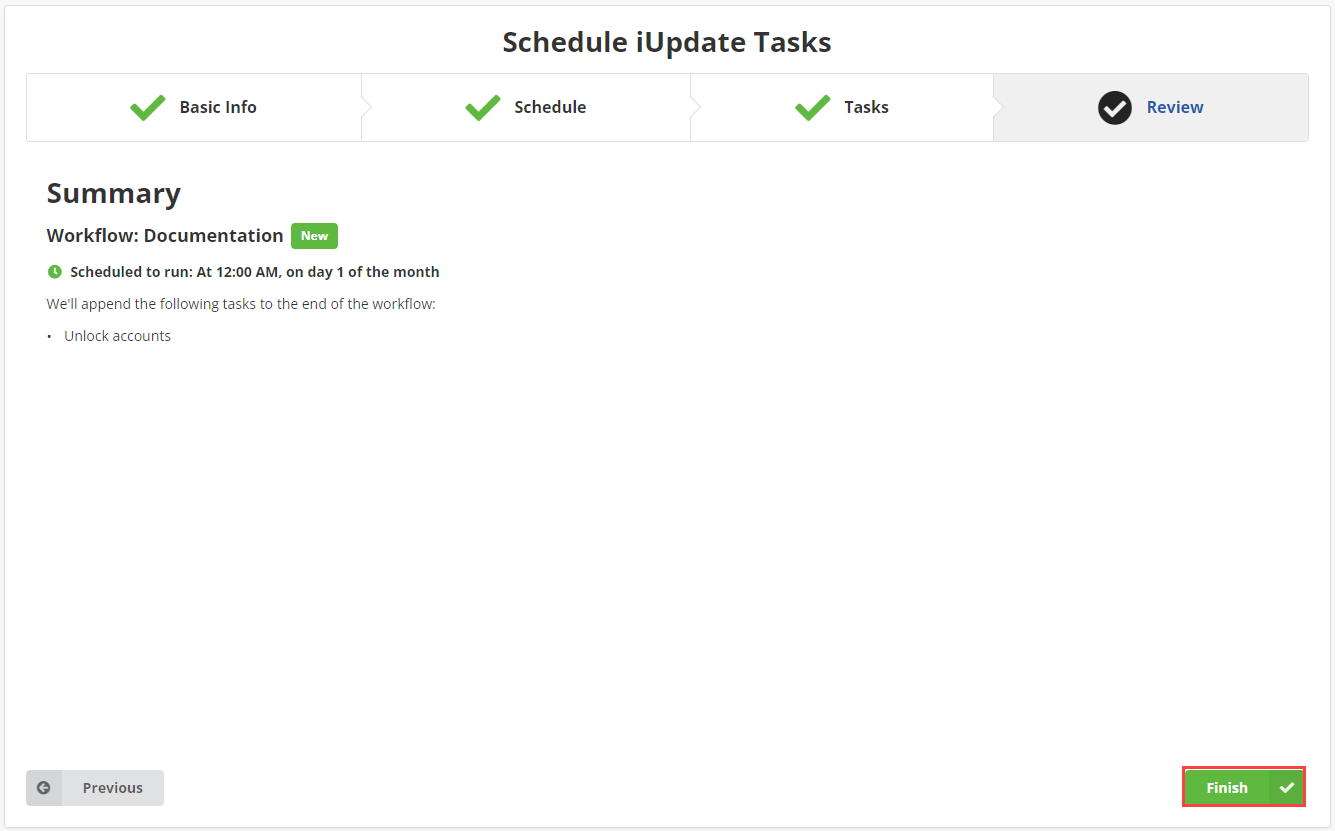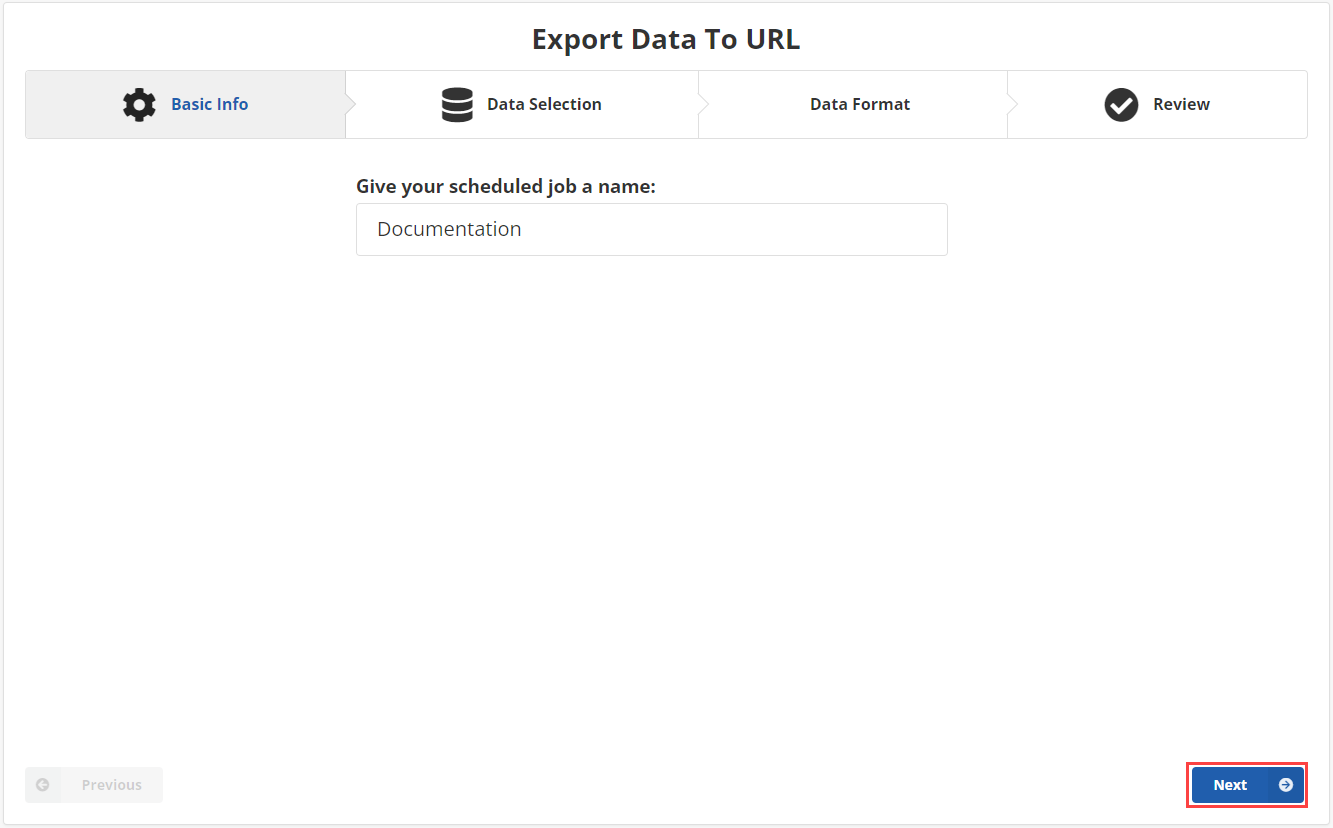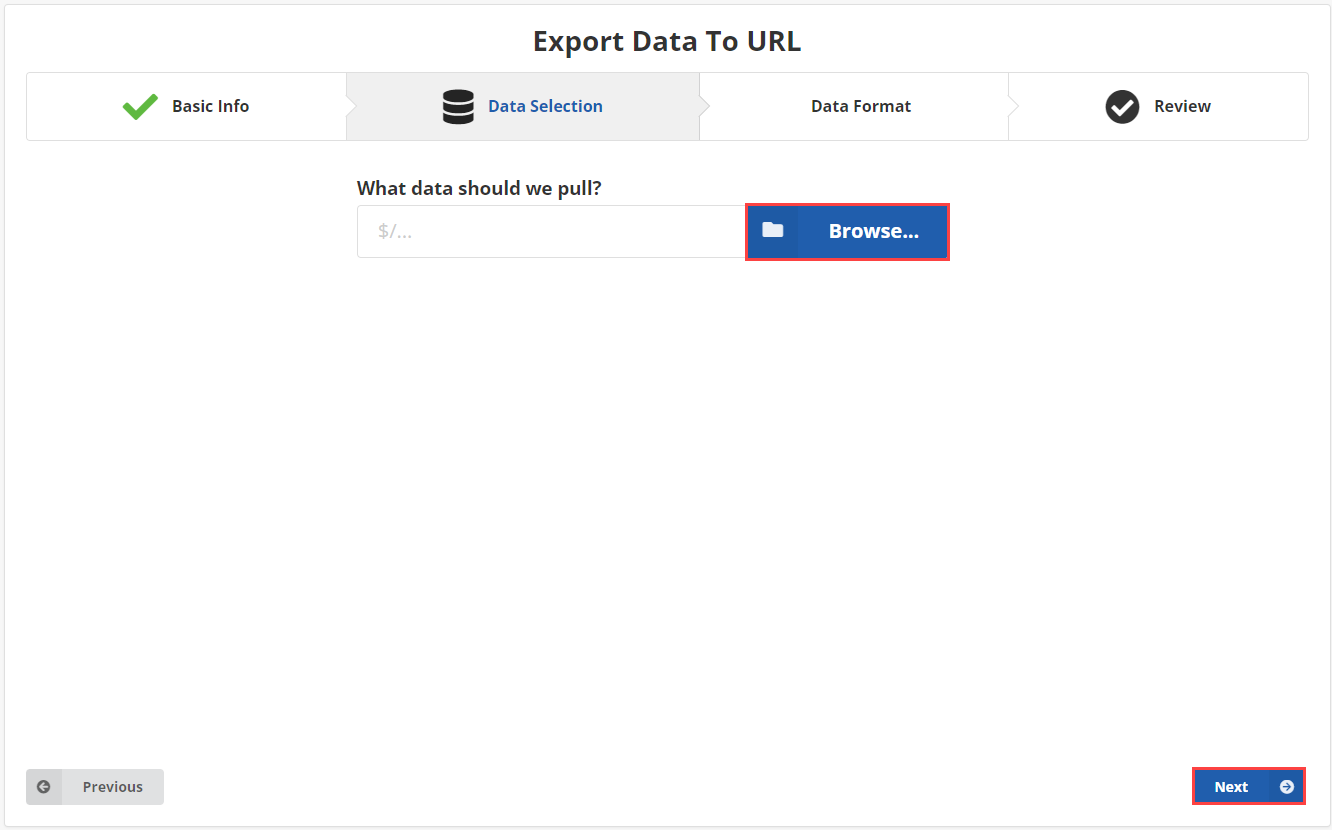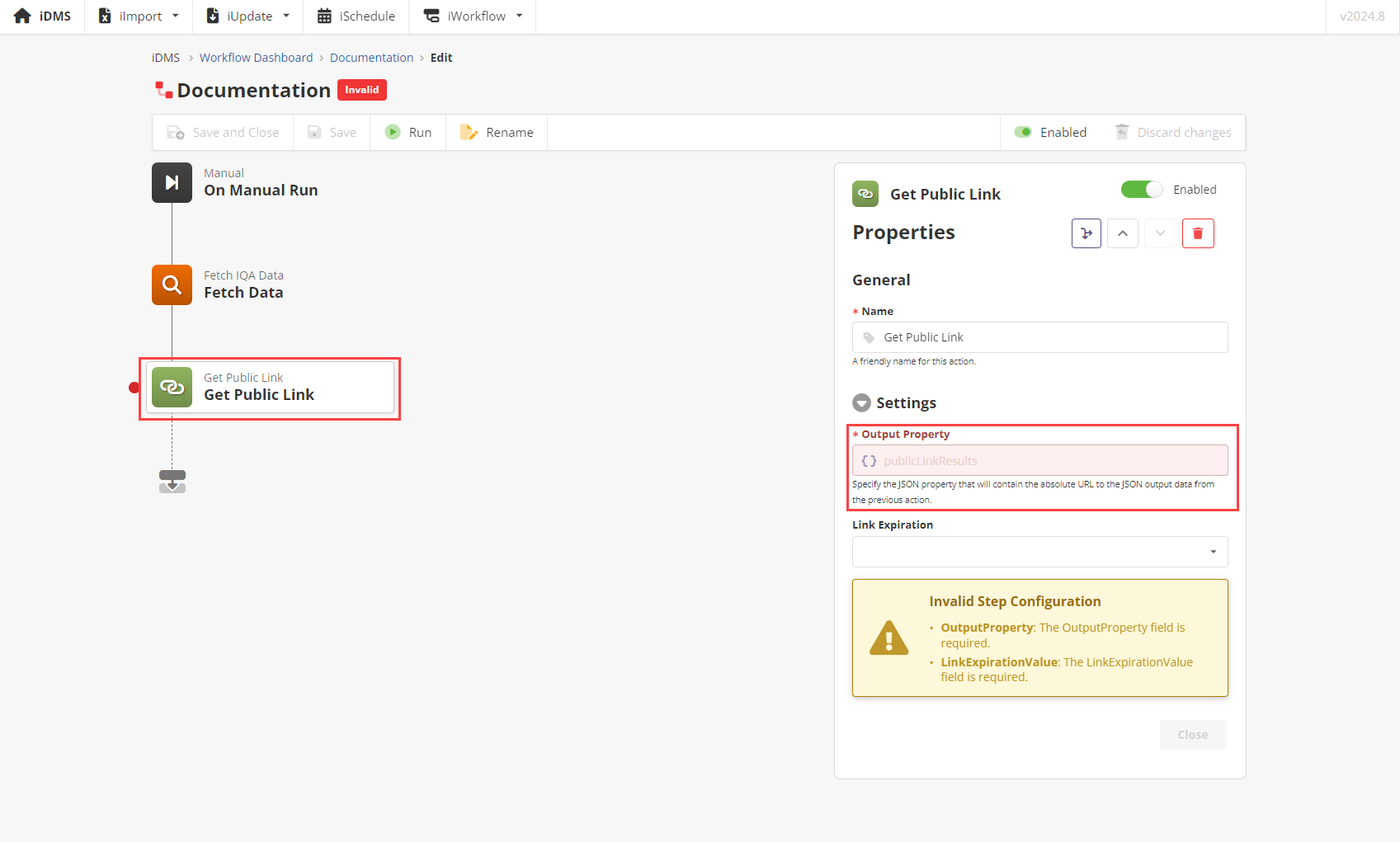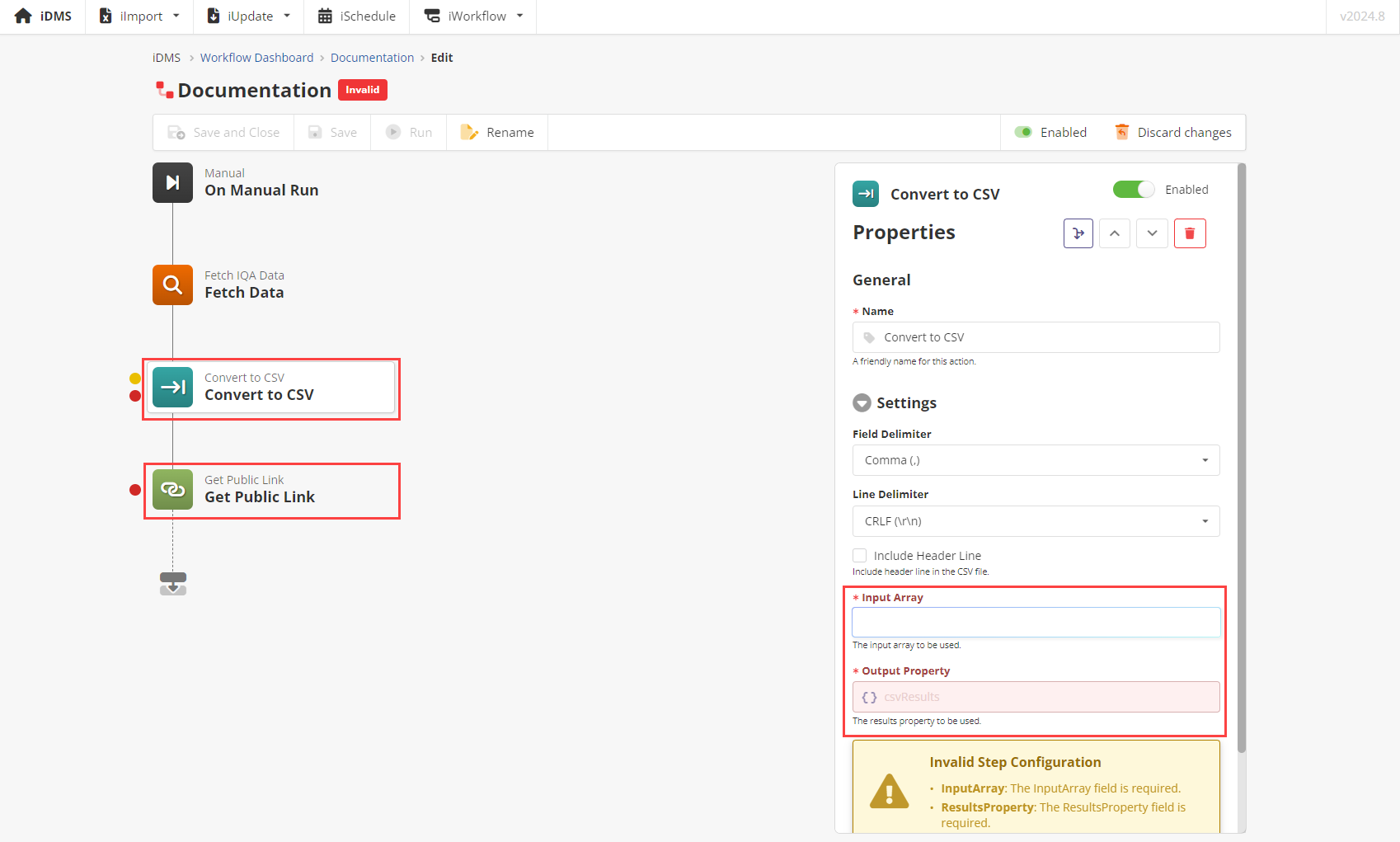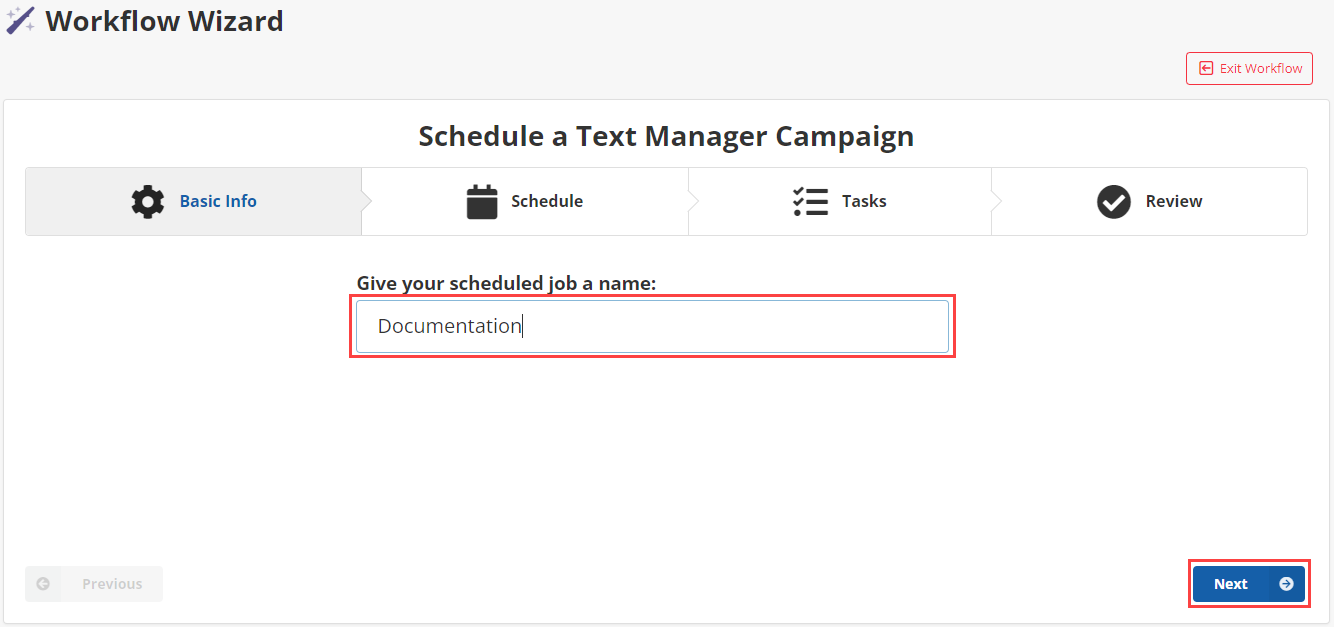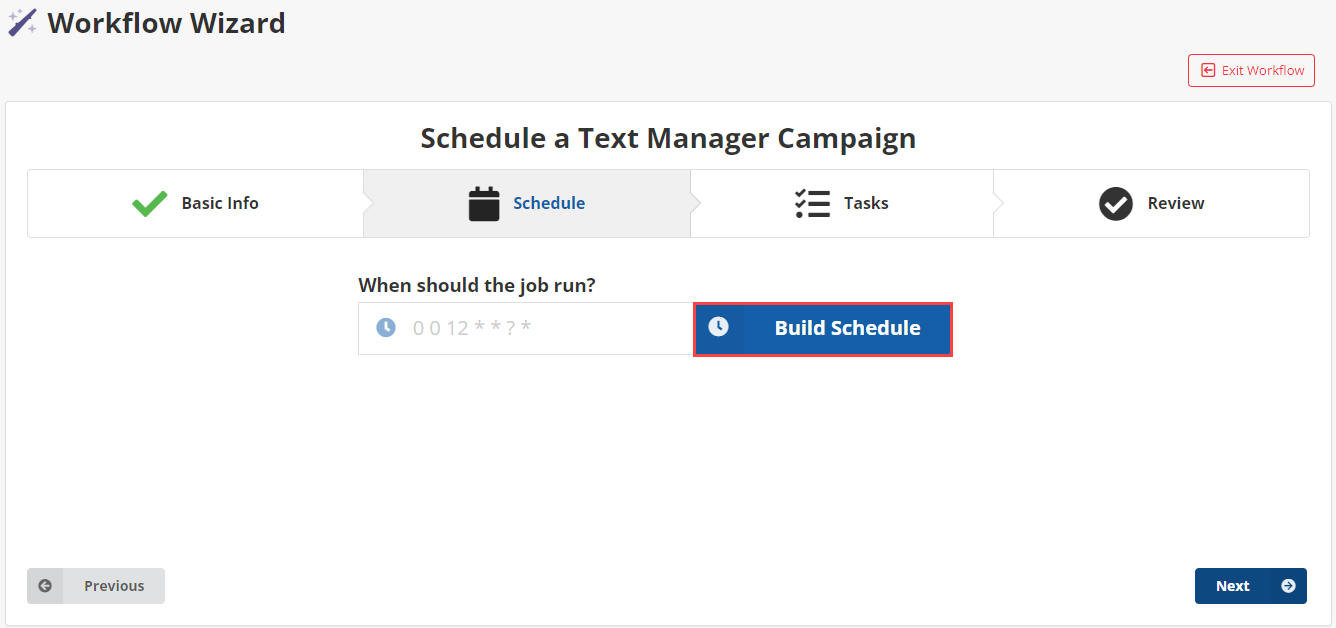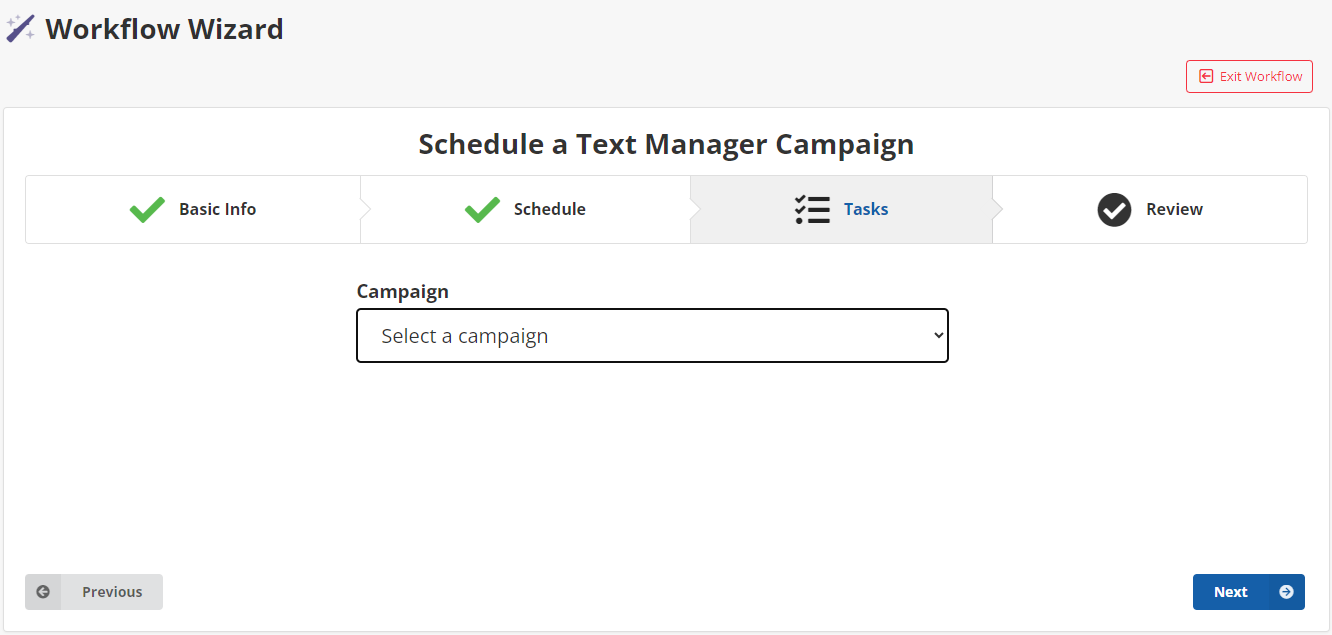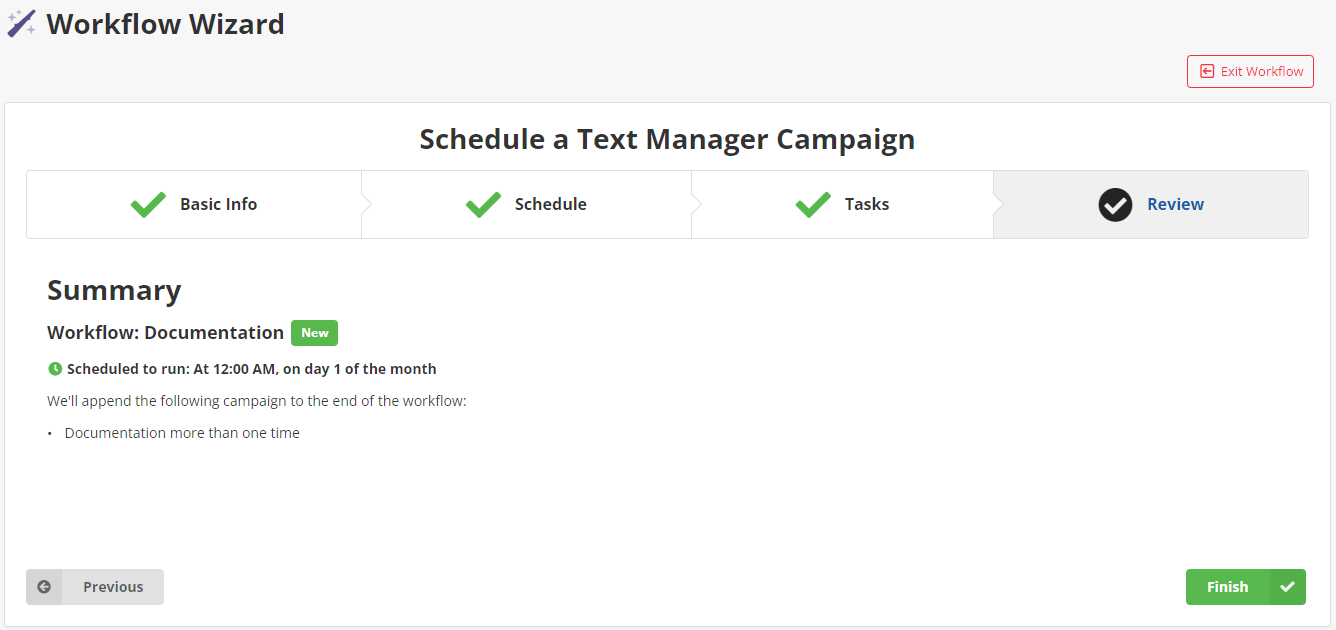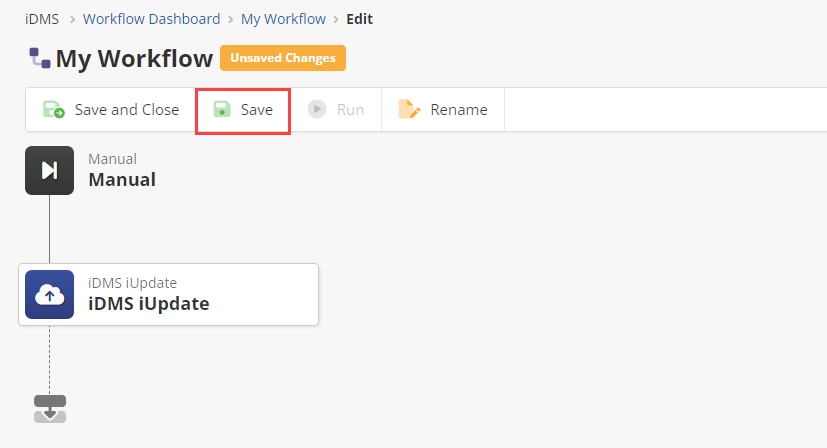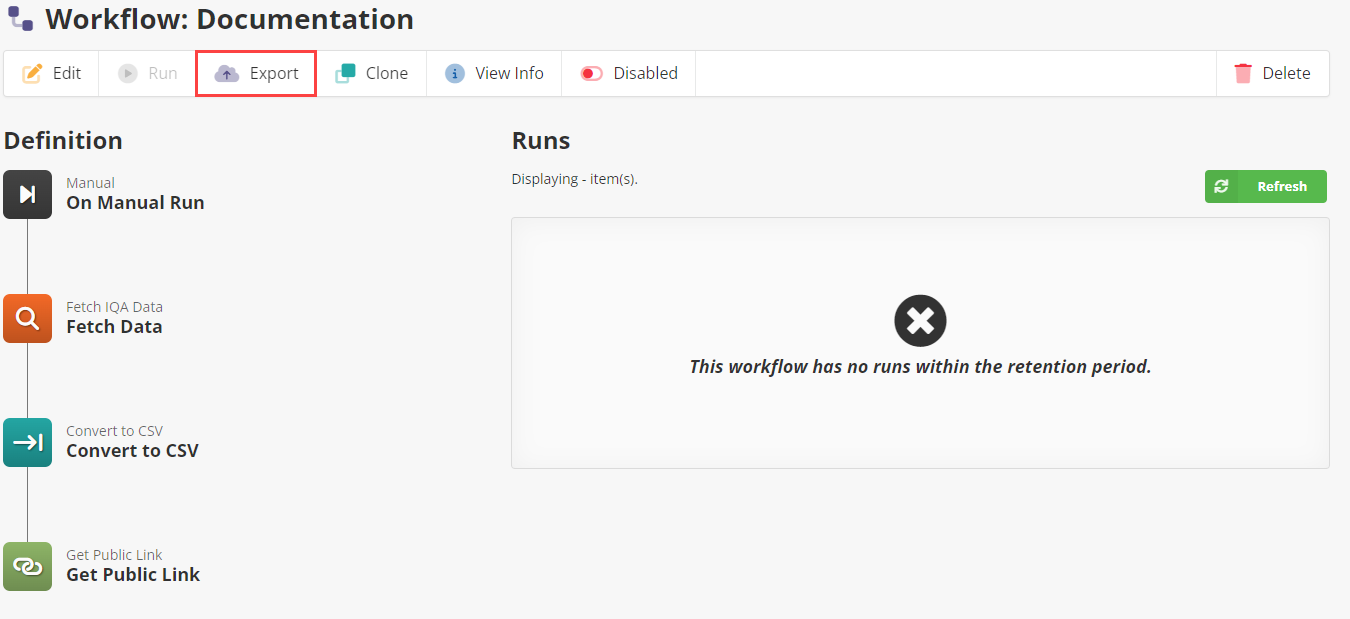Creating a Workflow
Overview
This article describes how to create a workflow, either by using a template, making one from scratch, or importing from a file.
Creating a New Workflow
From the dashboard, click the ![]() button
button
Creating from Wizard
A template can be used to Schedule iUpdate Tasks, Export Data to URL, and Schedule a Text Manager Campaign.
Schedule iUpdate Tasks
Schedule one or more iUpdate tasks to run in sequence. The outcome of one step won’t affect the next one. Similar to an “hourly” or “nightly” job.
Export Data to URL
Export data from iMIS and expose it via a random public URL for a third party service to consume. The data will be updated each time the workflow is run.
This workflows will have the Manual trigger, meaning they will be ran manually. This can be changed. To do so, see Editing a Workflow.
Schedule a Text Manager Campaign
Schedule one or more Text Manager Campaigns in sequence. The outcome of one step won’t affect the next one.
Creating from Blank Workflow
Importing from a File
To import from a file, you have to select “New workflow” from the dashboard. You will not be able to import from a file when creating a new workflow from the banner.
Importing from a file requires first exporting a file from an existing workflow

